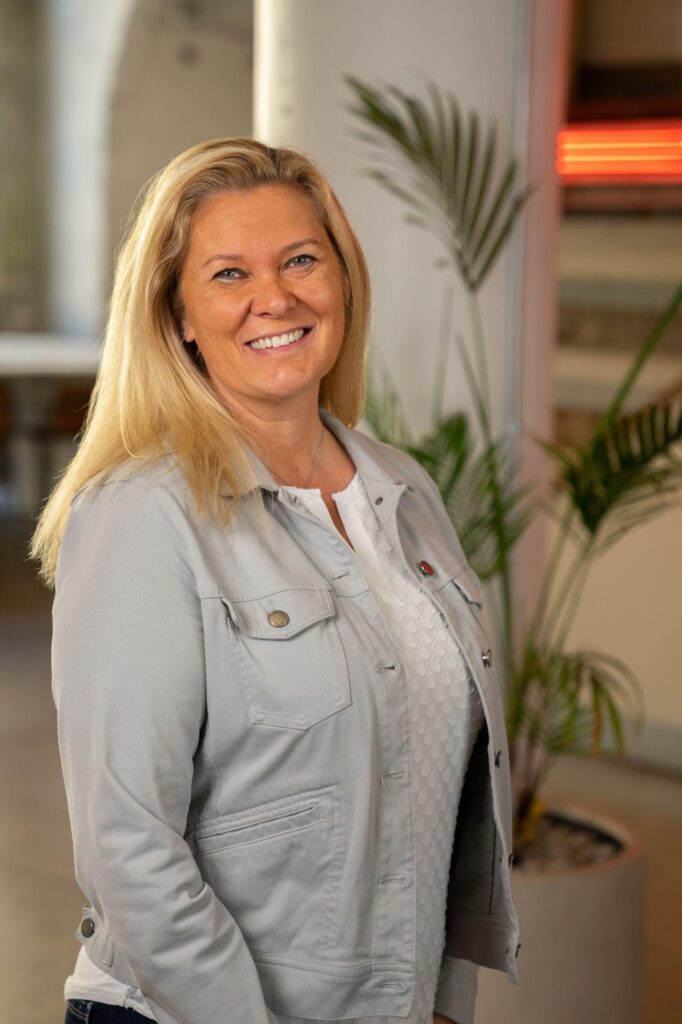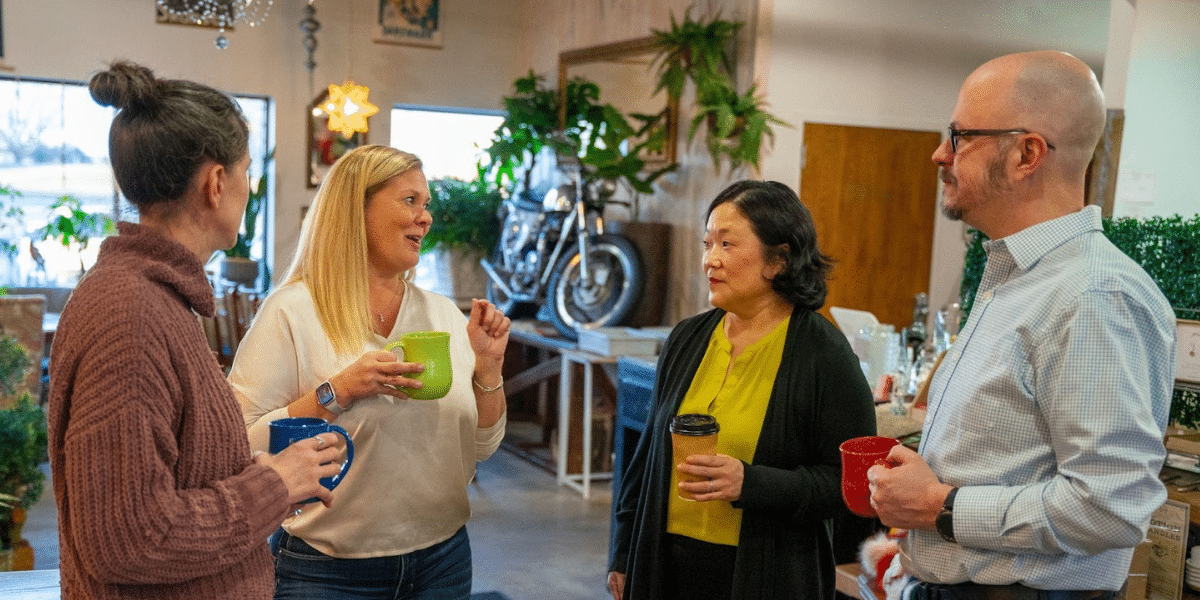By: Chiara Accardi
As in any other rapidly developing field, flexibility and creativity are the decisive factors in digital marketing. These traits can be highlighted in Ann Schreiber, the owner of Copywriting for You, and her strategies for content development and company management. Ann has the necessary expertise in story construction and consumer behavioral patterns, making her a resourceful professional for business organizations looking to revamp their SEO approaches.
Ann’s transition from a person who was so enthusiastic about her side business to an entrepreneur and an author of a newly published book shows excellent determination. Her recent book is called “Perseverance. Reinvention.” Quite expected, it is both an autobiography and a manual for those interested in starting their own business and promoting content on Instagram, Pinterest, YouTube, and other channels.
Today, we enjoyed interviewing Ann Schreiber and learning about her professional journey. Stay tuned to learn more about her and participate in this fascinating conversation.
Your business is to assist companies in using content to establish themselves as authorities in a particular market. In what way did you first find that this strategy was crucial to online businesses?
There is so much noise in the system today. Last time I looked, about 4.7 million new businesses were started each year in the U.S. alone. That’s a lot of competition out there. While we all think that we have something new to offer, with that many new businesses plus existing businesses, there is another business out there just vying for the same customers that we are.
That’s where content can help. It’s an opportunity to demonstrate awareness of the space and help consumers solve their problems. When businesses have well-written, informative, and SEO-optimized content on their websites, more of the right customers will find them, and that drives conversions.
Could you please explain how you are creating a content strategy for your client and their brand voice while following Google’s EEAT guidelines?
So, EEAT stands for Expertise, Experience, Authority, and Trust. With every blog post, landing page, or piece of content added to your company’s website, you want to establish these things. For example, if you write a blog about the widgets that you sell, you want to show why a customer would want to purchase that widget from you and not one of your competitors. This is where your content can show your experience in the space and why you are an expert at solving this problem. When you do this right, you establish yourself as an authority. And when you provide a great customer experience, the trust will come.

Based on your experience, which form of content do you think businesses are currently not fully exploiting as they should?
While written content is my preference because that’s my sweet spot, the truth is that businesses need to have a variety of content and they need to share it out in a variety of ways. Mixing up blogs with video content and infographics is a great way to help consumers absorb information in the learning style that is right for them. Even better, I love it when my clients have their graphics team create a video or custom imagery to complement the articles I wrote for them.
In fact, I recently invested in some vlogging equipment and have been starting to do this for my own business. You can see some examples of this on my website, YouTube, and Instagram.
Your book title, “Perseverance. Reinvention,” suggests a journey of transformation. Could you provide an example of when you had to transform yourself or your business strategy?
My book shares my personal story of a failed marriage, a miscarriage early in that marriage, and a near-death experience for my son. I’ve had so many people tell me that just one of those things would be enough to take anyone down. But I went through all three. And yes, I understand that these things happen all the time, but I don’t want anyone to think they need to sugarcoat it. Divorce is hard. It’s sad. It’s overwhelming. So are those other things.
What I discovered, however, is that it is how we persevere through those traumatic events that is what really matters. I chose survival, first and foremost for my kids. But I also realized that I had a lot to offer the world. I took that pain and growth and let it fuel my desire to help small business owners grow. I want to share my talent with others and see them succeed. It’s like a way for me to pay it forward to all those who kept me standing when I wanted to curl up in a ball and whither away.
I know I am better for it all today.
How do you assess your content creation for the clients and what indicators do you consider relevant?
When I write a piece of content, I put my consumer hat on, each and every time. I ask myself—what would I want to know about this topic? And I try to think through the natural next questions that a consumer would ask, and address those questions in the piece I am writing.
For this reason, I never take on a topic where I can’t draw from relevant experience or have an interest in the subject matter. And I won’t write on things that I might find immoral or out of my comfort zone. This helps the content to be relevant, each and every time.
As both a content creator and a business owner, how do you balance creativity and practicality when it comes to running a business?
I learned pretty early on that I needed to establish some boundaries. While I was afraid that many of my clients would perceive these boundaries as barriers, I quickly learned that they respected and encouraged the parameters I was establishing. Plus, I want to experience the benefits of self-employment and the benefit of working when and where it is right for me.
I’m someone who benefits from a bit of a routine. So, I start my days with some me-time, follow up with lead generation and client follow-ups, and then start my writing day. And sometimes I change it up. I’ve created the flexibility to approach my day the way I feel like it that day. This also helps me provide the deliverables to my clients.
The cool thing is that I’ve received so much great feedback about my approach. They’re all in support. And for those who don’t like my approach, I decided that those aren’t the finest clients for me. It’s really become a win-win scenario.
Published by: Martin De Juan
















